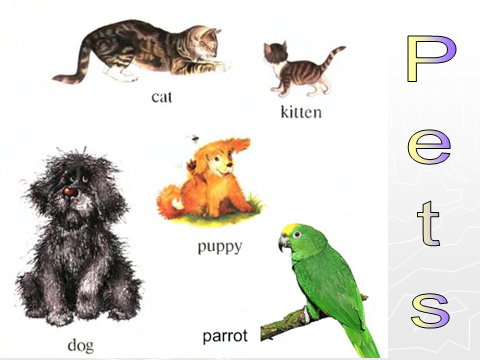

СДЕЛАЙТЕ СВОИ УРОКИ ЕЩЁ ЭФФЕКТИВНЕЕ, А ЖИЗНЬ СВОБОДНЕЕ
Благодаря готовым учебным материалам для работы в классе и дистанционно
Скидки до 50 % на комплекты
только до 01.08.2025
Готовые ключевые этапы урока всегда будут у вас под рукой
Организационный момент
Проверка знаний
Объяснение материала
Закрепление изученного
Итоги урока

Была в сети 06.03.2017 10:05

Иманова Мадиса Галымовна
учитель английского языка
38 лет
Местоположение
Казахстан, Шымкент
Специализация
Разработка урока на тему: "Colours and size"
Категория:
Английский язык
24.02.2017 15:05

































